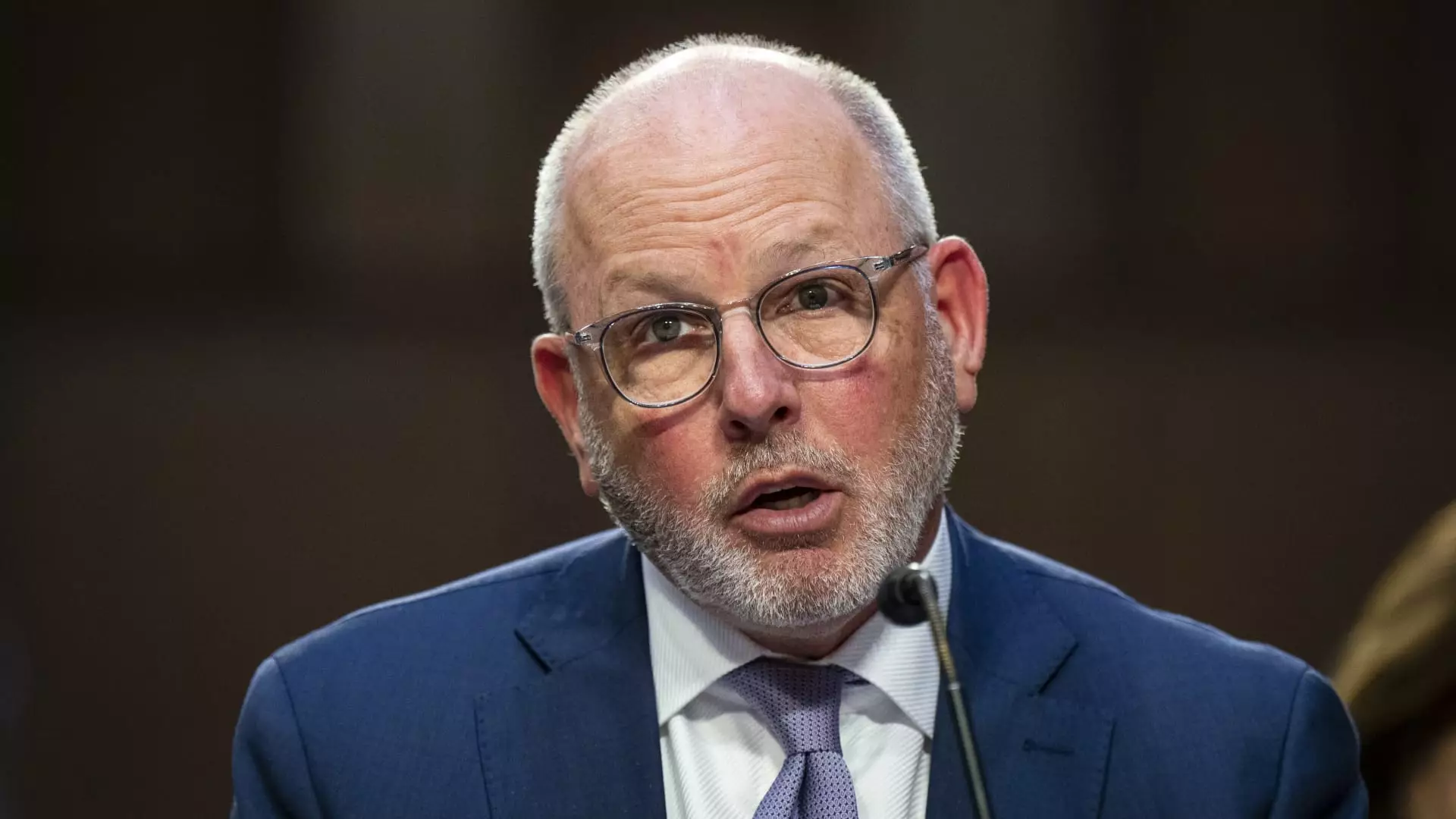The healthcare landscape in the United States is a complex, often contentious arena where various players vie for dominance and influence. One of the contentious entities in this sector is the Pharmacy Benefit Manager (PBM), a role exemplified by CVS Health’s Caremark unit. This article delves into the recent comments made by CVS Health CEO David Joyner defending the PBM’s existence while simultaneously criticizing pharmaceutical manufacturers, a stance that has sparked debates among lawmakers, industry insiders, and consumers alike.
Joyner faced a unique challenge during his fourth-quarter earnings call on Wednesday. He took the unusual step of defending PBMs just as bipartisan scrutiny of their practices is intensifying, with significant figures like President Donald Trump expressing a desire to reform the system. Instead of maintaining a low profile, Joyner laid out the rationale behind PBMs, arguing they serve as crucial intermediaries that negotiate drug prices on behalf of insurers and consumers. This may seem counterintuitive as public sentiment increasingly leans towards viewing PBMs as price inflators rather than economic stabilizers.
In a climate where rising healthcare costs are creating stress among patients and employers, Joyner pointed to factors such as increased service utilization and labor shortages to illustrate the systemic pressures at play. Interestingly, he labeled PBMs as “one of the most powerful forces helping to offset rising healthcare costs,” suggesting that their negotiation skills are essential for controlling exorbitant prices. This self-advocacy raises questions about accountability and whether PBMs truly serve the public interest or are merely another cog in a controversial cost-driving machine.
Accusations of Monopolistic Practices in the Pharma World
In a provocative move, Joyner shifted the focus from PBM practices to pharmaceutical manufacturers, accusing them of “monopolistic tendencies.” He argued that these companies contribute significantly to the rising costs of medications. While empirical evidence can be found to support the notion that drug makers often hike prices, Joyner’s claims could be seen as a deflection of criticism aimed at his own business model. By attributing rising costs primarily to manufacturers, he seeks to position Caremark as a necessary player in a malignantly competitive marketplace.
However, this assertion of PBMs being protective forces raises questions about the transparency of their operations. Lawmakers and healthcare stakeholders have criticized the lack of clarity regarding how negotiated rebates and discounts affect both pharmacy reimbursements and patient costs. Critics argue that PBMs may not be passing on the savings to consumers as promised, thereby undermining Joyner’s claims regarding their beneficial role.
From Joyner’s perspective, the role of PBMs is crucial, generating purported annual savings of over $100 billion for the healthcare system. However, industry opposition remains fierce, with the pharmaceutical industry pushing back against these claims. The Pharmaceutical Research and Manufacturers of America (PhRMA) recently asserted that PBMs are “under intense, well-deserved scrutiny,” calling into question the practices of these conglomerates that have become essential yet controversial players in healthcare pricing.
As investigations by bipartisan state attorneys general and regulatory bodies like the FTC pick up steam, there’s a palpable sense of urgency in the discussions surrounding PBMs. Are they the heroes of the healthcare system, or have they become another layer of complexity contributing to the struggles patients face in accessing affordable medications?
In the evolving dialogue concerning the role of PBMs like Caremark, it becomes evident that a more nuanced understanding is requisite. While Joyner’s defense presents one side of the narrative, the growing discontent among consumers and lawmakers highlights the overarching need for transparency and accountability in healthcare pricing mechanisms. As PBMs continue to exist at the intersection of patient care and profit, the challenge remains to reconcile their practices with the evolving needs and expectations of the American public. Addressing these complexities will be vital for fostering a more equitable healthcare environment where the ultimate objective—affordable access to medications—is prioritized.


Leave a Reply